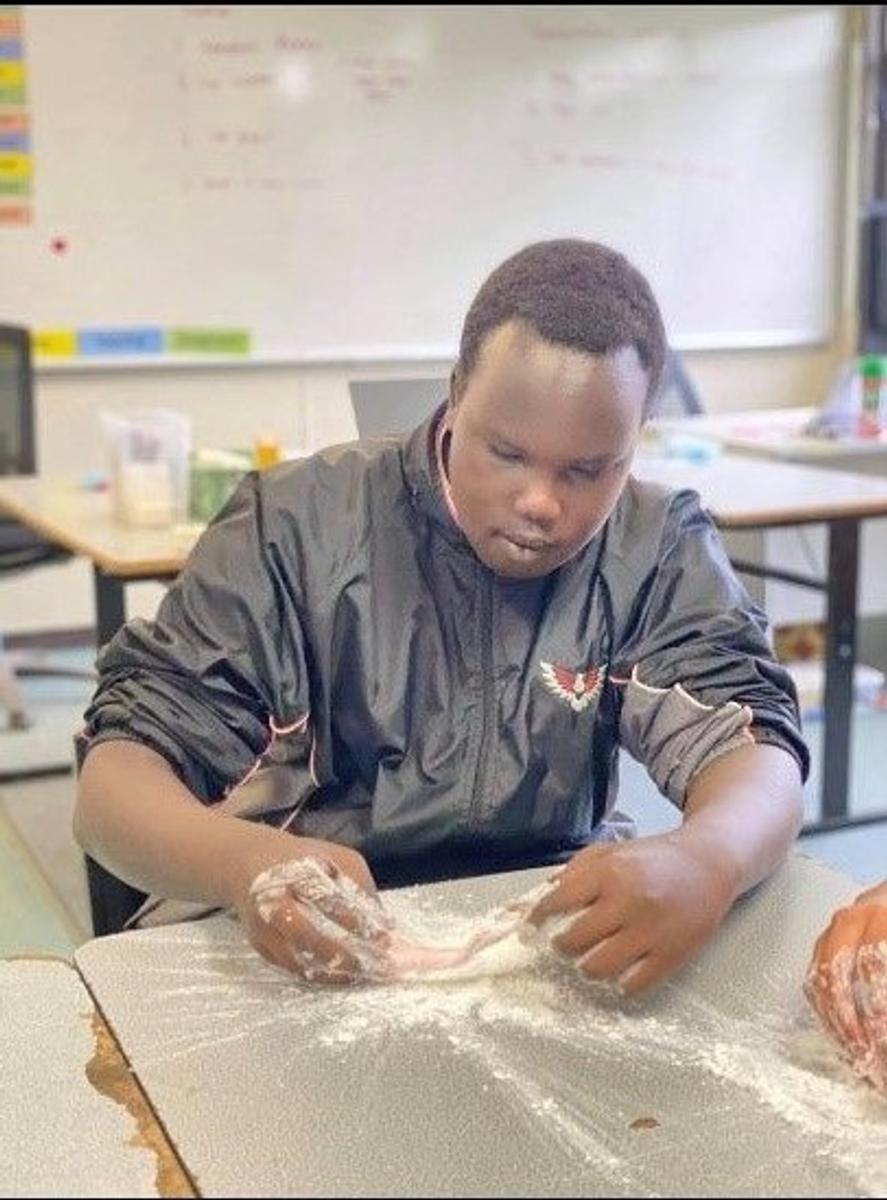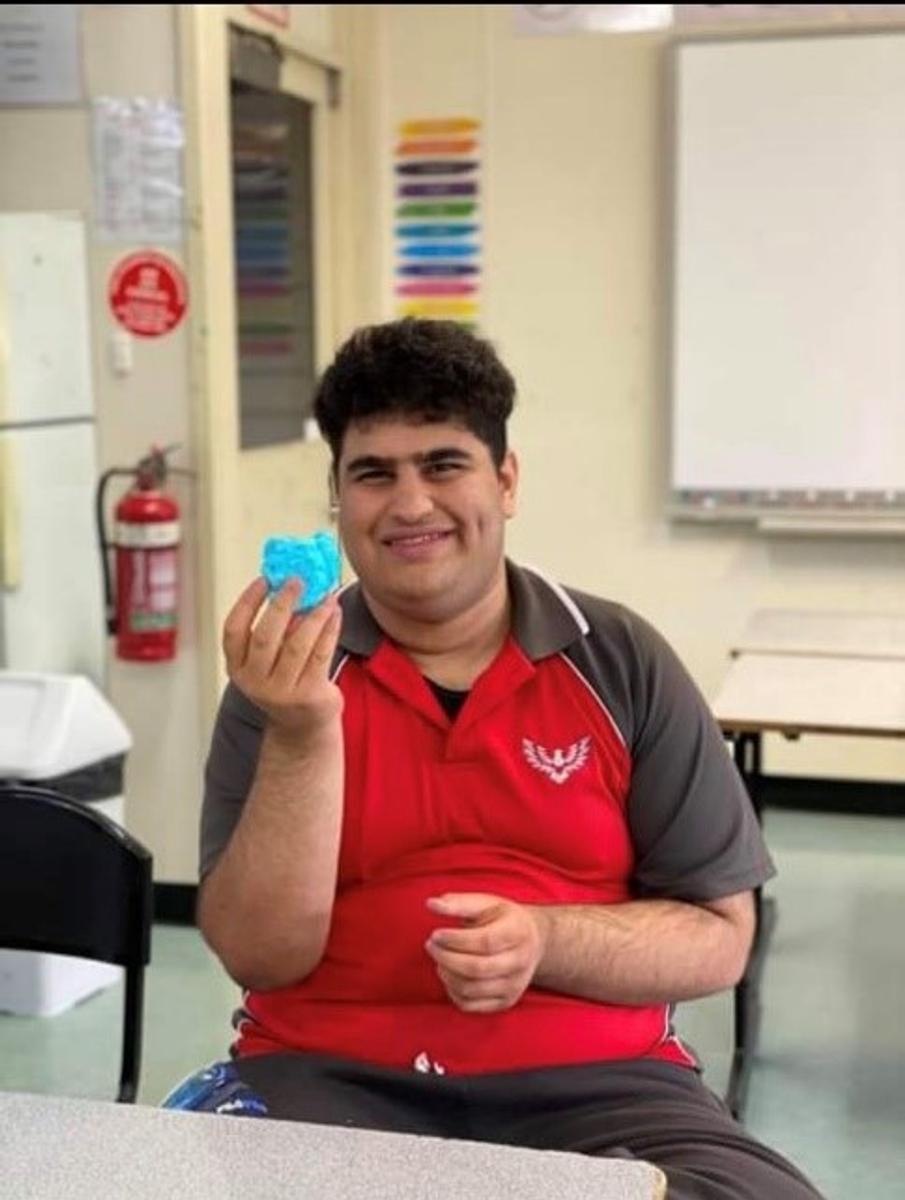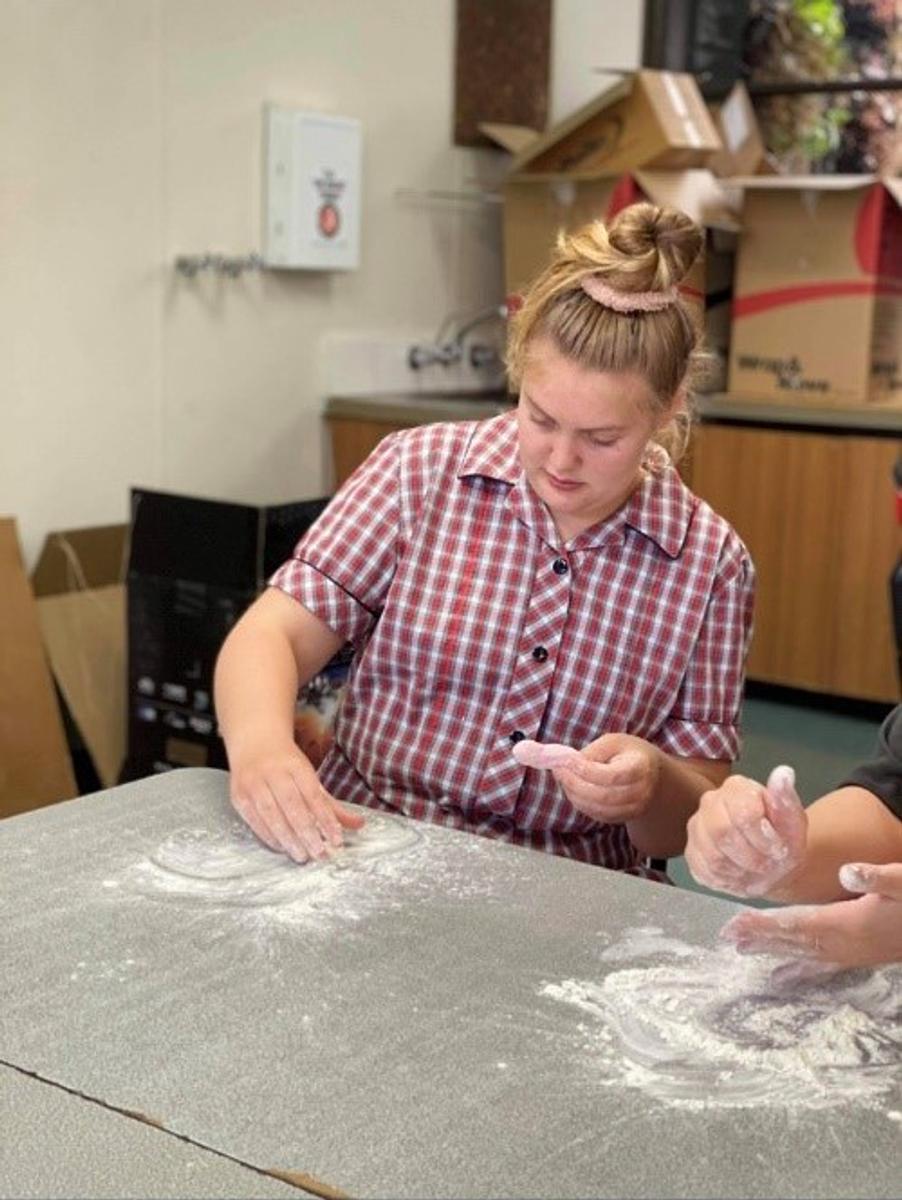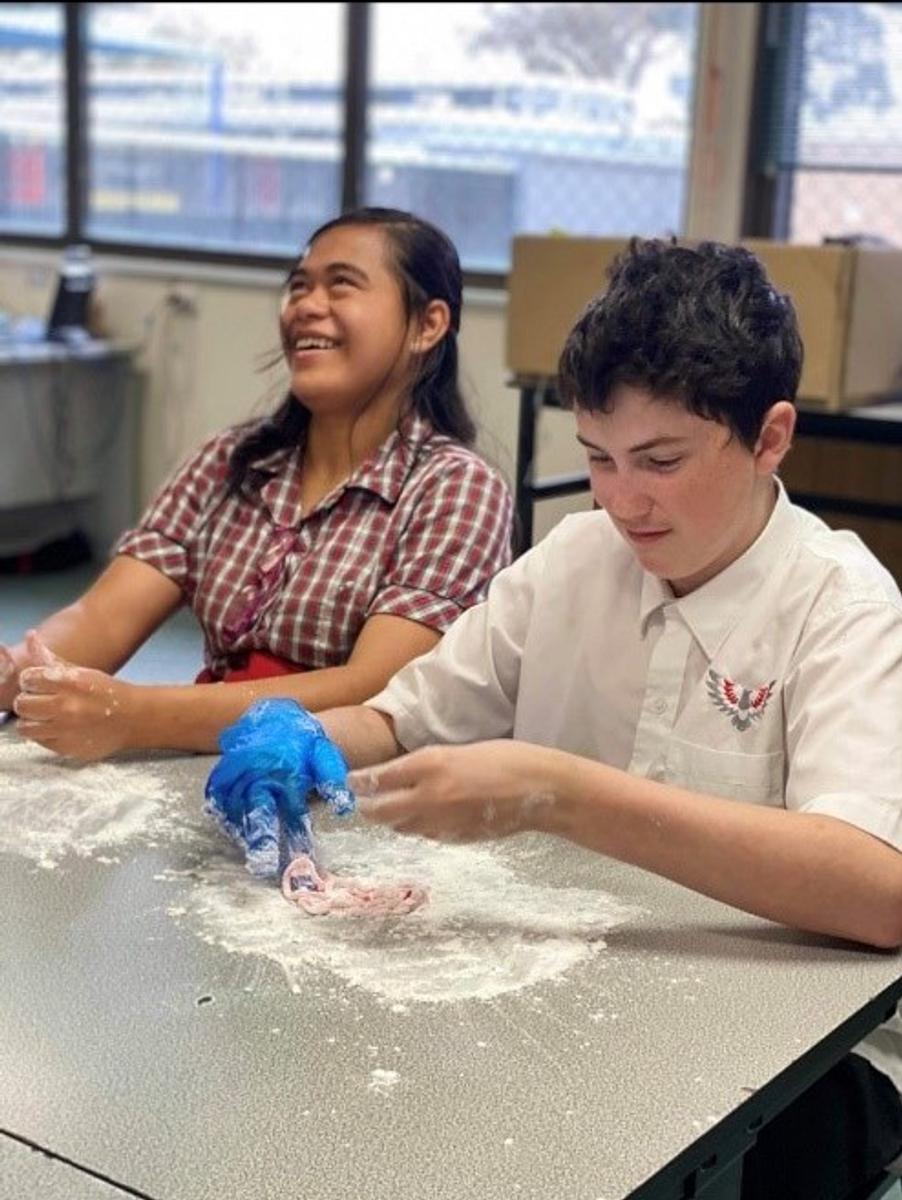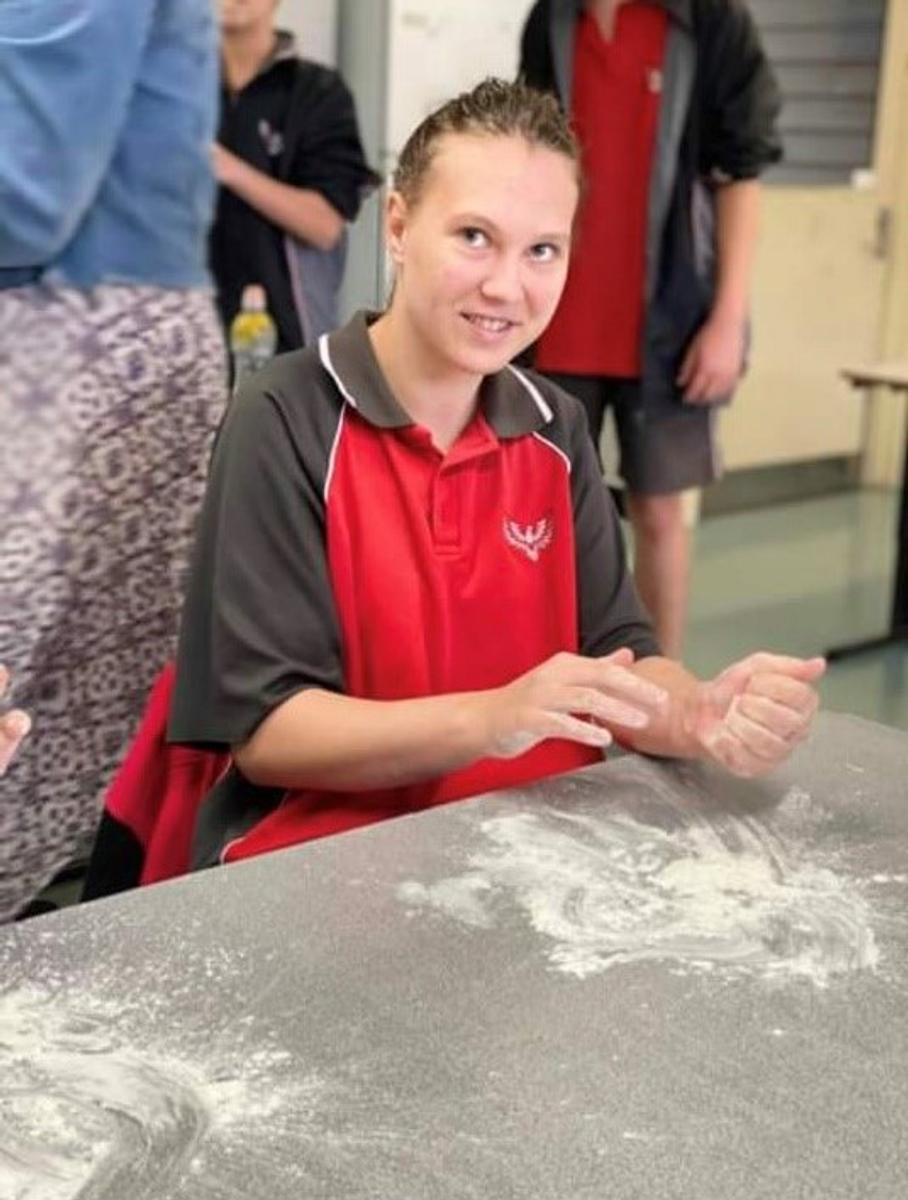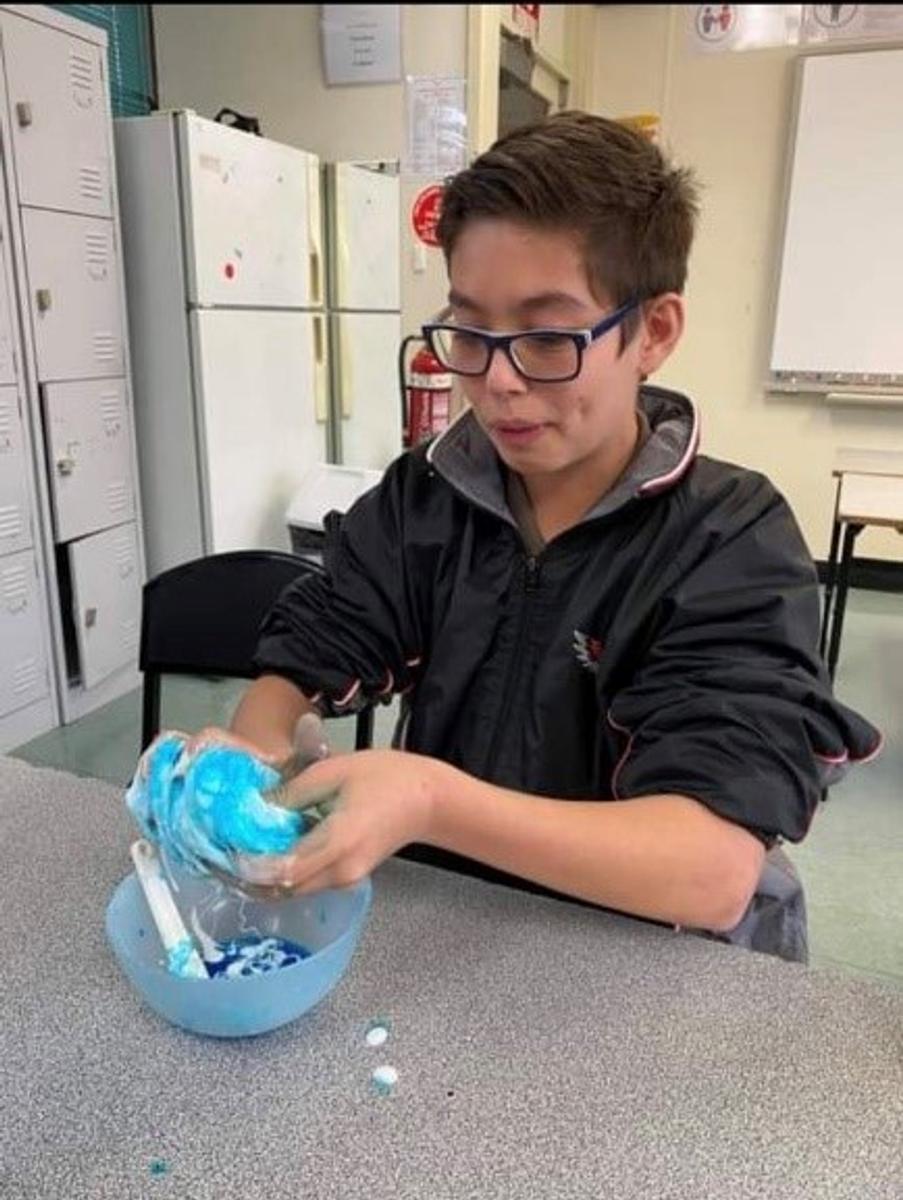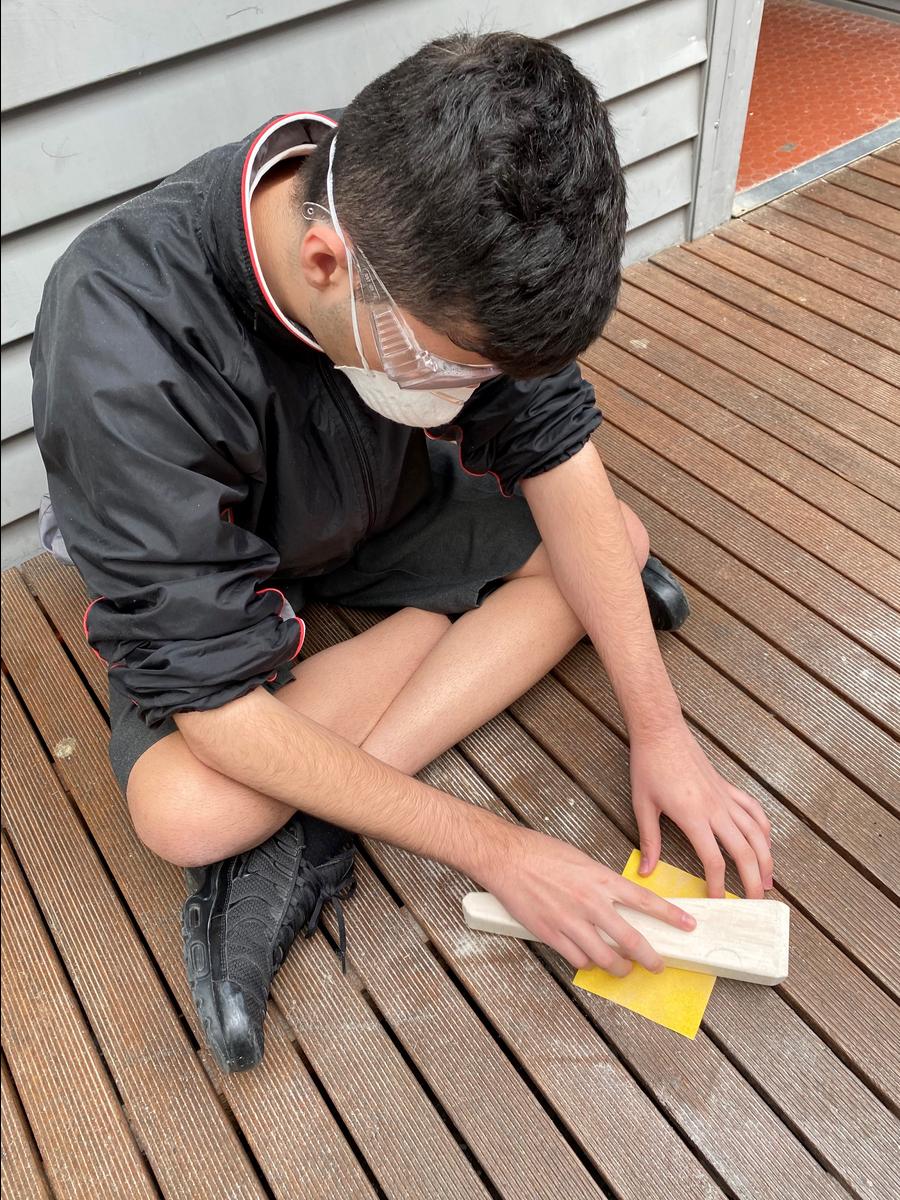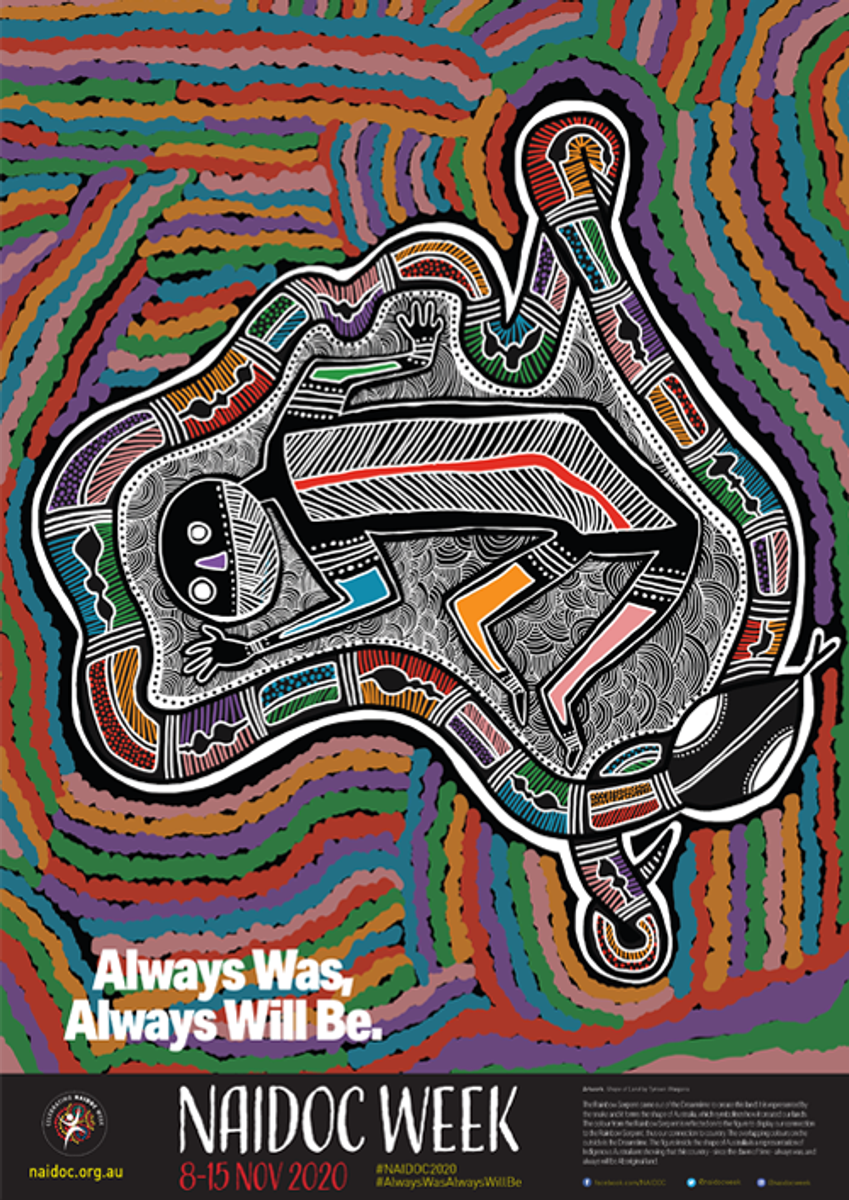Teaching and Learning
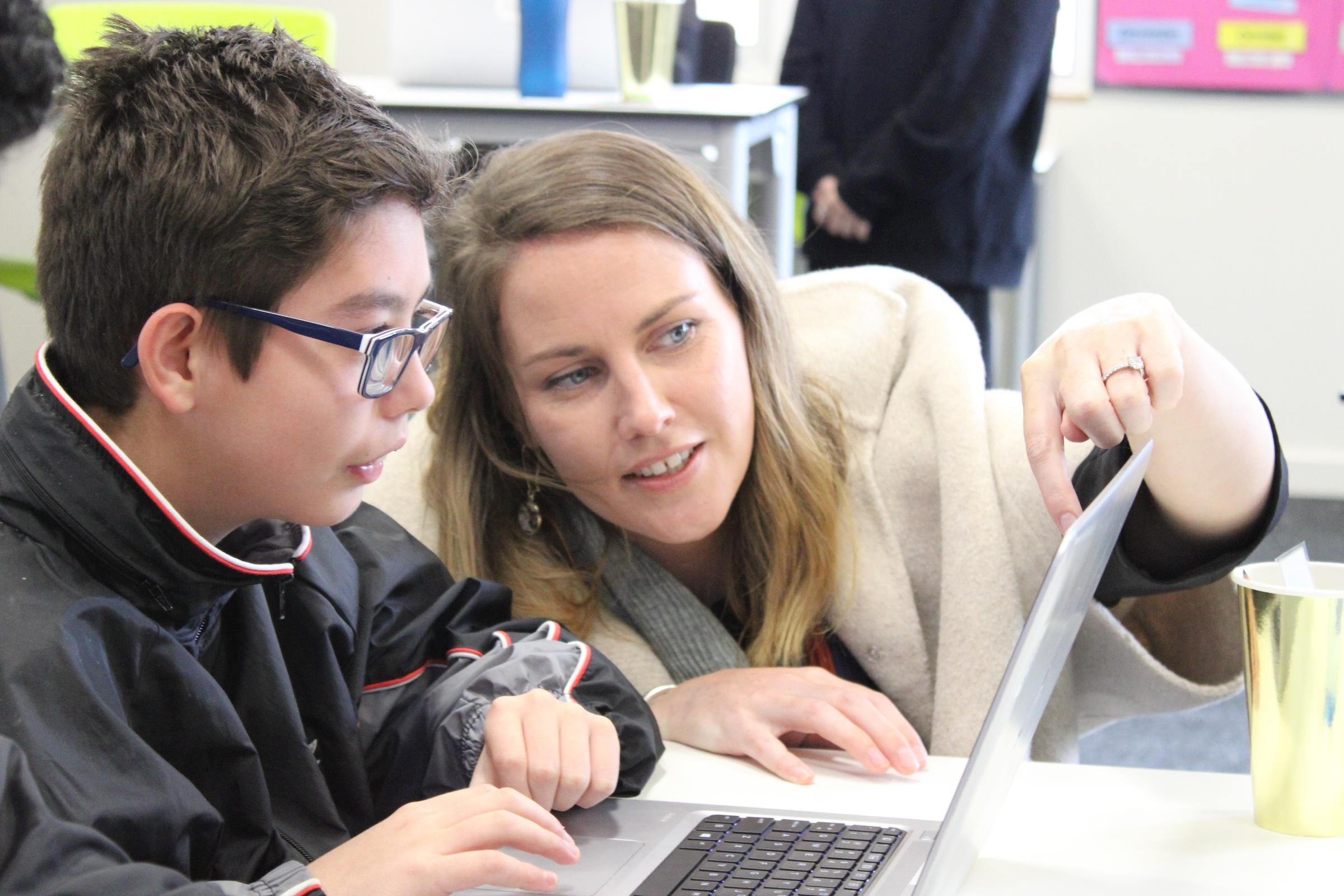
Teaching and Learning
At Concord I’ve been learning about the different enrichment activities that occur across the sections such as; STEAM, Challenge and Electives. These activities incorporate student interests and develop students’ skills in speaking and listening whilst strengthening collaborative practices. In 9/10 one of the STEAM groups is learning about states of matter through Kitchen Science, last week they made edible marshmallows and slime. From all accounts the marshmallows were a hit! Another 9/10 group has been designing and creating a drag racer whilst they apply their learning of physical science and engineering processes.
Naidoc Week 2020
NAIDOC (National Aborigines and Islanders Day Observance Committee) Week is an opportunity for all Australians to come together to celebrate the rich history, diverse cultures and achievements of Aboriginal and Torres Strait Islander peoples as the oldest continuing cultures on the planet. NAIDOC Week celebrations are held across Australia each year, and provide a valuable opportunity for all Australians to participate in a range of activities and to support local Aboriginal and Torres Strait Islander communities.
This year’s NAIDOC theme is: ALWAYS WAS, ALWAYS WILL BE.
Always Was, Always Will Be recognises that First Nations people have occupied and cared for this continent for over 65,000 years.
Speaking is the primary form of communication in Aboriginal cultures and Torres Strait Islander cultures. Concepts and beliefs have been passed on from generation to generation through specific cultural practices, traditions, languages, laws and family relationships. The oral traditions of instruction include storytelling, song, dance, and art- and craft-making. You could explore some traditional stories with your child.
Oral storytelling
Storytelling is a great way to extend your child’s speaking and listening skills, and to expand their memory and imagination. Either you can tell the story, or you can encourage your child to tell the story.
Storytelling might be about:
≫» your child’s favourite toy
≫» another family member
≫» a pet
≫» a favourite fictional character from a book or television program
≫» a famous person
≫» the work of people from different professions, such as astronauts, firefighters, nurses and teachers
≫» an imaginary world with imaginary characters
≫» an imaginary animal that can speak.
Here are some tips to start your storytelling:
≫» Make it exciting, with different voices, puppets, or a finger play.
≫» Have a dress-up box for your child to use for storytelling and imaginative play.
≫» Start with what interests your child.
≫» Start by creating a character and a setting.
Flora Nixon
Assistant Principal
Teaching and Learning

